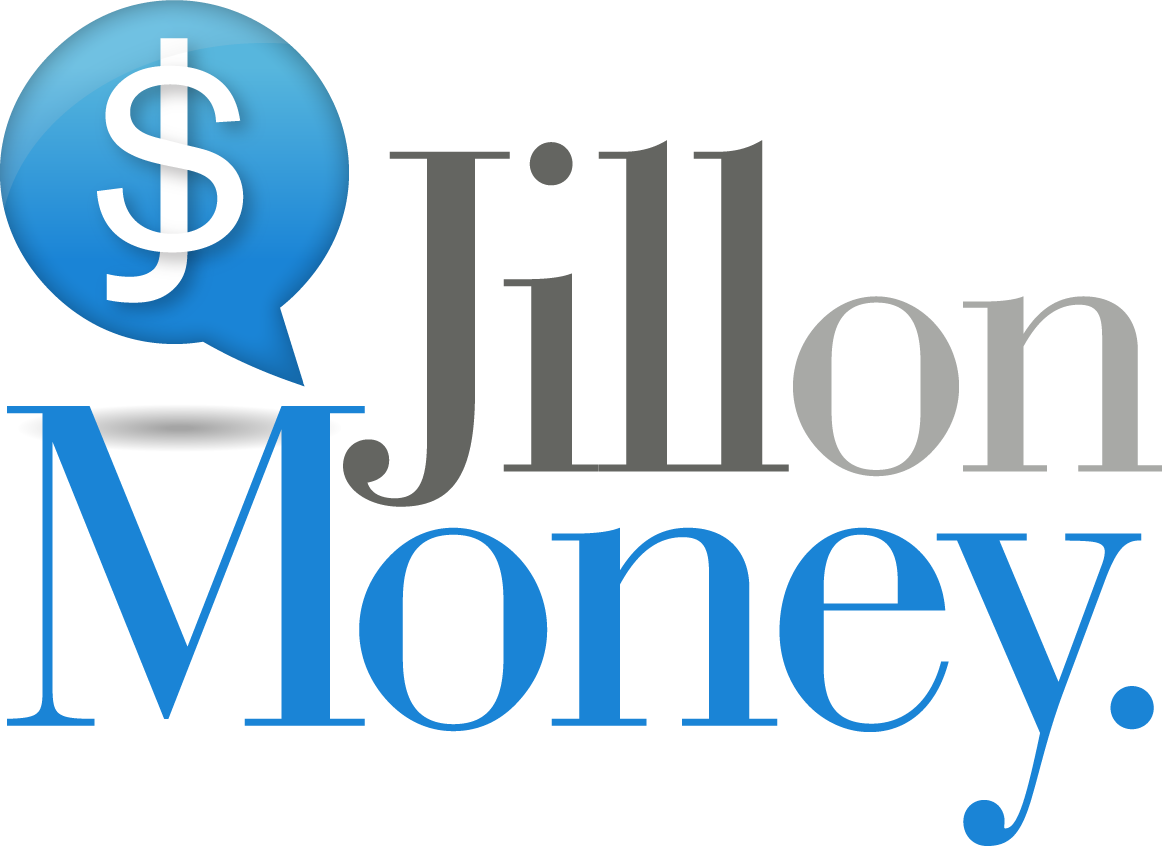Investors have rediscovered market volatility. After a relatively placid three months, when stocks did not move more than one percent in either direction, the October sell off has reminded everyone why investing remains a dangerous activity.
Read MoreStocks dropped by about four percent on the week and the proximate cause was the strength of the economy. In the bizarro world of investing, here’s how the reasoning goes: When the economy is expanding, the Federal Reserve has to increase short-term interest rates to ensure that inflation does not eat away at growth. That part has been built into most analyst assumptions, but only recently have we seen yields on 2, 5 and 10-year government notes start to climb. During the week, the 2-year spiked to the highest level in a decade and the 10-yr hit its top level in seven years.
Read MoreWelcome to the stock market roller coaster! It’s a bit jarring, especially on the heels of the tranquil 2017 merry go round, but as the bull market in stocks enters its tenth year, volatility abounds. Investors probably feel a bit of relief that the major indexes finished the first three months of the year with relatively small losses (Dow down 2.5 percent, the S&P 500 dropped 1.2 percent and the Russell 2000 was off 0.4 percent) or gains (NASDAQ up 2.3 percent, despite a 9.5 percent drop in Facebook) but that’s like saying the roller coaster ride ended in the small place that it started: what happened in between is where the action occurred.
Read MoreWe knew that a stock market correction was coming, but why then did everyone seem so shocked when it arrived on Februarys 8th? Corrections, defined as 10 percent drops from the recent highs (January 26th), usually occur every year or so. Until last week, it had been two full years since the major US indexes had corrected. In other words, we were overdue for a drop.
Read MoreStock investors are coming off the worst week in two years, leading to the inevitable question: What should I do when the market drops? The answer for long-term investors is clear: nothing.
Read MoreIn the topsy-turvy, bizarro land of Wall Street, sometimes a bit of good news about the
economy can be bad news for investors. The economy added 200,000 jobs in January,
higher than last year’s monthly average of about 170,000. The unemployment rate
remained at a 17-year of 4.1 percent; and perhaps most encouraging, annual hourly
earnings jumped by 2.9 percent, the fastest pace since the recession. (The figure does
not include special one-time, tax-related bonuses that have thus far helped about two
percent of workers.)






